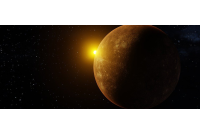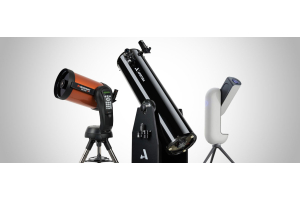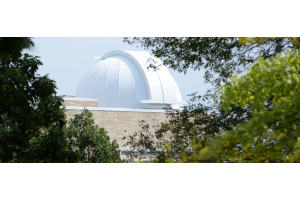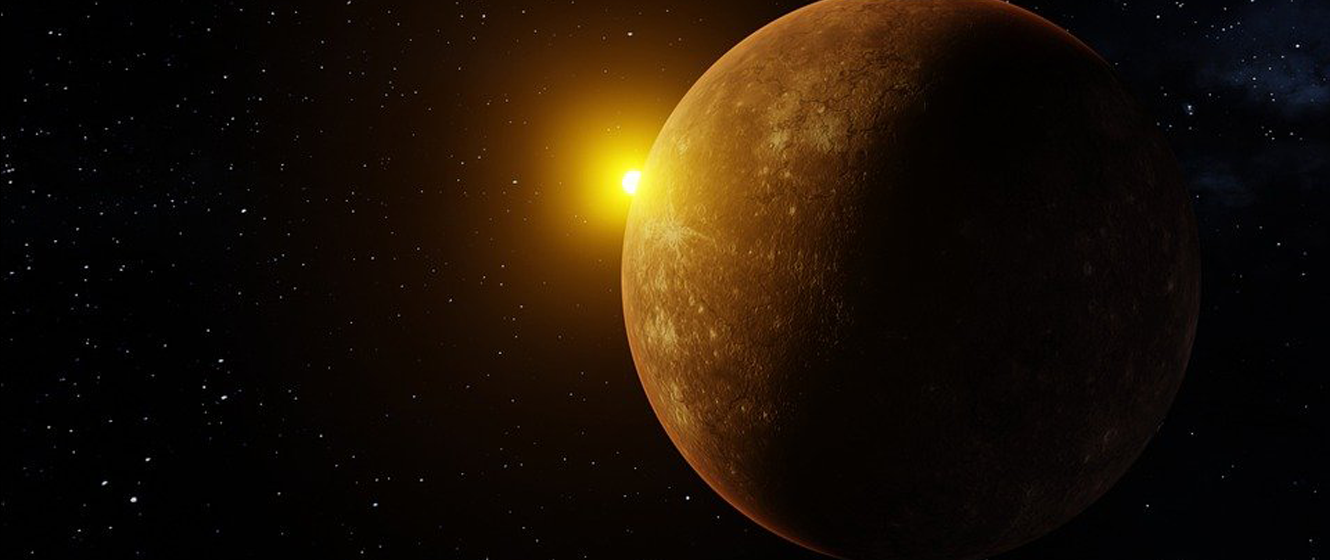
This article is the second of a series focusing on the concept of the scale of the universe and how much of it we can actually see from our backyards. Our universe is absolutely massive. For example, did you know that it takes 2.8 million light-years for light to travel from the Andromeda Galaxy? That means we’re looking at the Andromeda Galaxy as it was 2.8 million light-years ago! Let’s pick up on our journey of light from the Sun as it heads through the solar system.
Understanding the Speed of Light
To understand scale in our universe, we need to put everything into context of the cosmic speed limit. When we enter a room and turn on a light, the light from that bulb does not reach us instantaneously. As it turns out, light has a speed limit of about 670,633,500 miles per hour. While this may seem incredibly fast to us, to the point where it may as well be instantaneous, this finite speed has significant ramifications as we begin to increase in scale. For example, it takes light about 1.2 seconds to travel between the Earth and the Moon. But for light to leave the Sun’s photosphere and reach the Earth takes 8.3 minutes! That means, when we look up at light from the Sun, we’re looking at the Sun not as it currently is, but as it was 8.3 minutes ago.

The Journey of Light from the Sun to the Edge of the Solar System
In our previous article, we talked about the journey light must take to leave the Sun. As you might recall, it takes photons - the carriers of light - millions of years to leave the core of the Sun. However, once it leaves the photosphere, it’ll travel at the speed of light. The first object we’ll encounter as we follow light through the solar system is Mercury, which is 29 million miles away from the Sun. Despite this immense distance, it takes light 3.2 minutes to reach Mercury from the Sun. From here, it takes an additional three minutes to reach Venus; and a further 2 minutes to reach the Earth. This distance between the Earth and the Sun is defined as an “astronomical unit”, and is a useful unit of measurement to keep in mind as we go on this journey.
From Earth, we move past Mars and into the outer solar system. It takes light 40 minutes to reach Jupiter. When you consider that NASA has sent spacecraft to Jupiter, you begin to appreciate the difficulties you encounter when trying to command a space probe at this distance. Radio waves from the Earth travel at the speed of light, so you have to be really careful when creating commands for your space probe - it’ll take 30 minutes to send any corrections otherwise!
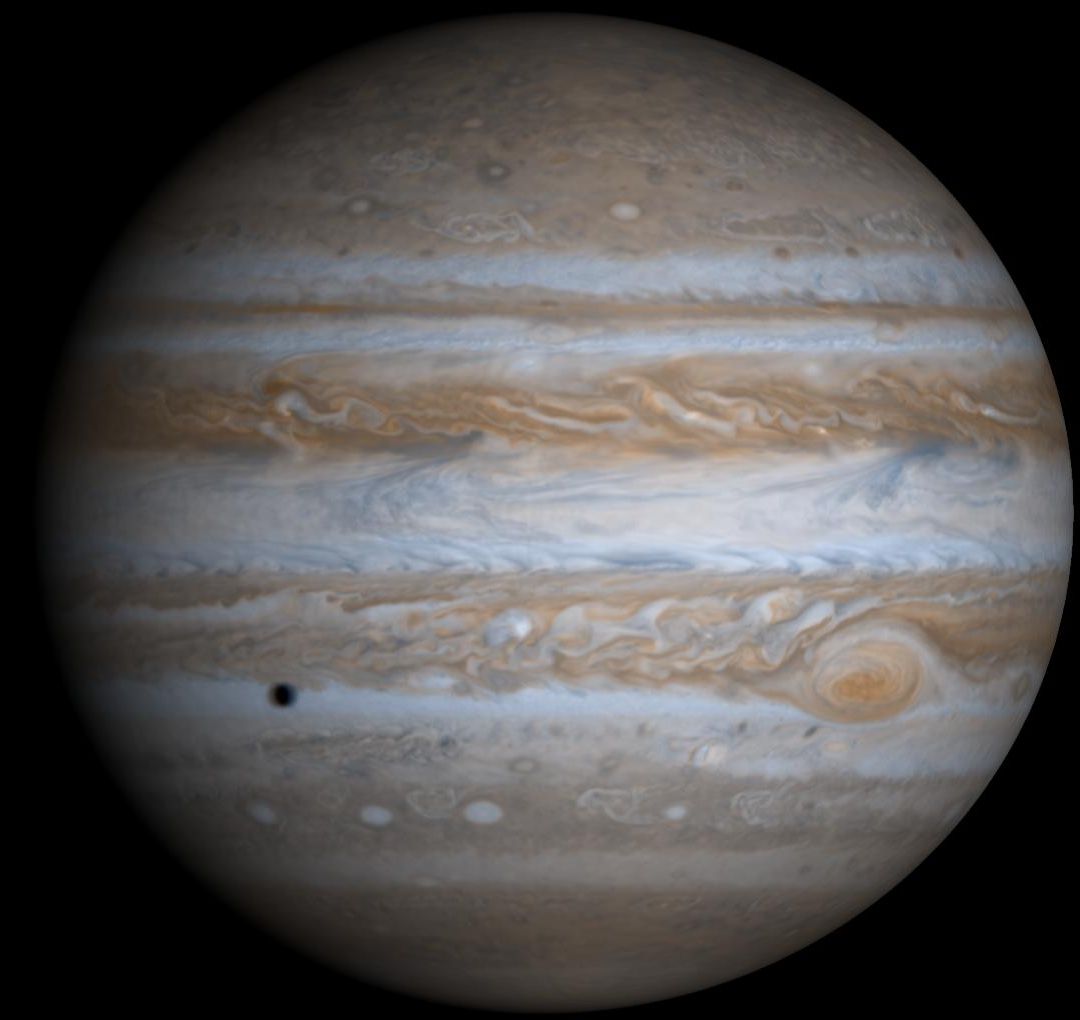
As we move deeper into the outer solar system, light eventually reaches the (now dwarf) planet, Pluto. At this distance, it takes light from the Sun nearly 5 hours to reach this frozen, barren world. Beyond this, we find the spacecraft Voyager 1 - the furthest spacecraft away from the Earth. Voyager 1 was part of a mission to explore the outer planets in the early 1980s and was accelerated into a trajectory that will take it out of the solar system and into interstellar space. Voyager 1 currently stands at 14 billion miles away from the Earth. At this distance, it takes nearly 18 hours for light from the Sun to reach Voyager.
Moving out further, we head through the Kuiper belt and into the Oort Cloud. The Oort Cloud is a hypothesized (although very likely to exist) spherical cloud of comets orbiting at the very fringe of the Sun’s gravitational presence. These comets are home to some of the great comets we’ve seen throughout history. At this distance, it takes light nearly 5 days to reach the edge of the Oort Cloud. From here, we leave our solar system behind and head out into interstellar space and into the longest stretch of our journey.
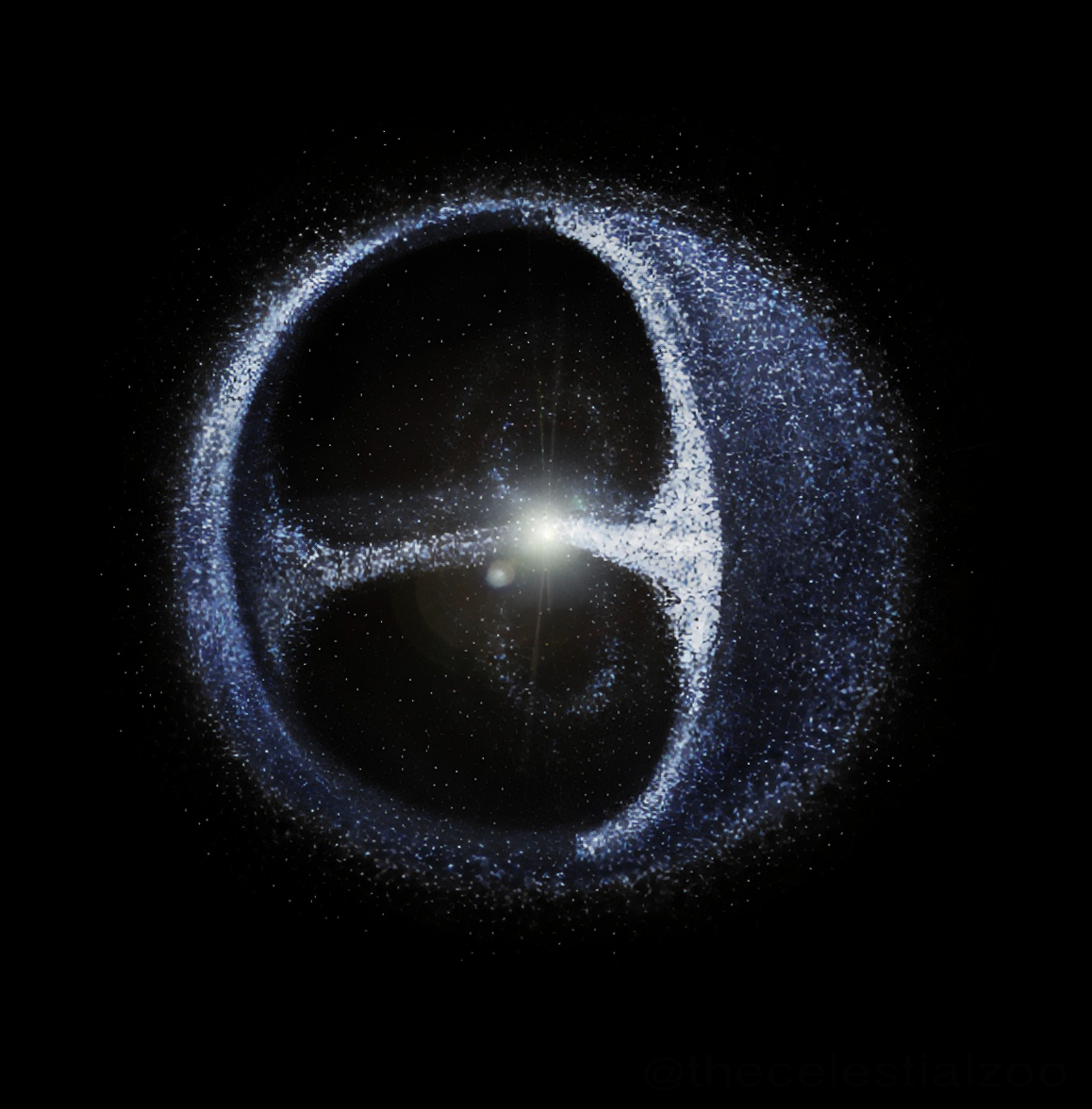
Image Credit: Pablo Carlos Budassi
How to See Solar System Objects through Your Telescope
As light reaches each of the planets, some of that light is reflected back towards the Earth. This is why we can actually see the planets in the sky despite their incredible distance. But what are some of the best telescopes to observe the planets with? It’s a good question with no single answer. In truth, even a small pair of binoculars have enough resolution capability to be able to see the four Galilean moons of Jupiter, for example.
Mercury is only visible in the evenings or the morning shortly after sunset or before sunrise. You can spot Mercury as a tiny crescent, half-moon, or waxing gibbous (depending on where it is in its orbit) through a telescope such as the Celestron StarSense Explorer LT 80AZ or similar aperture. This telescope would also be more than enough to spot the phases of the much larger Venus, the second planet from the Sun.
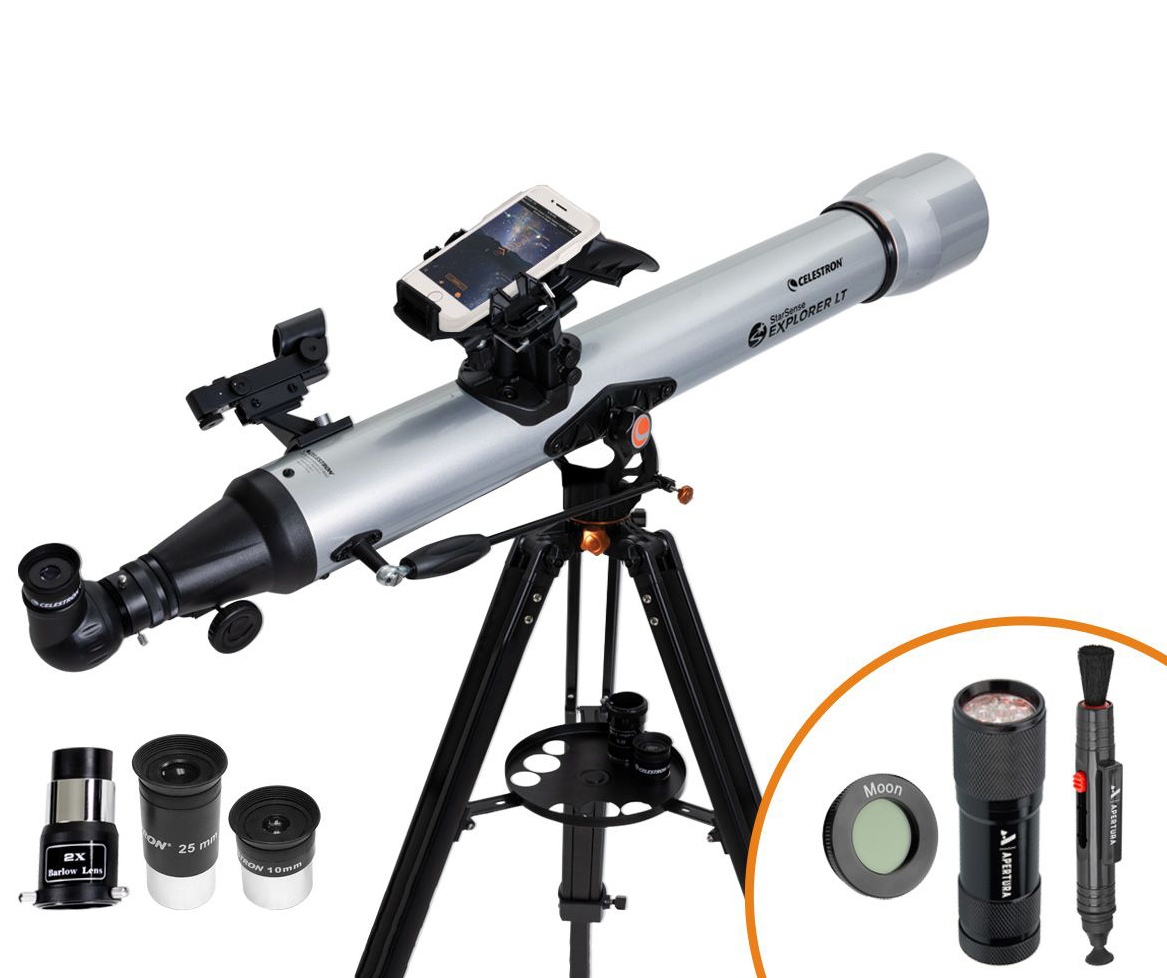
Looking out towards the outer planets, the ice caps on Mars can be seen through a telescope such as the Celestron StarSense Explorer DX102 or DX 130AZ. The moons of Jupiter and the rings of Saturn can be seen with a small pair of binoculars, however, the Great Red Spot and detail in the rings of Saturn can be seen through larger telescopes such as the Celestron NexStar 4SE. The “major four” moons of Saturn should be possible at this aperture: Titan, Rhea, Dione, and Tethys. Tethys, however, will be more of a challenge for an astronomer with a 4” telescope, but those with a 5-6” should be able to spot the moon.
Should you want to observe the last two planets in the solar system, Uranus and Neptune, a Dobsonian or larger telescope, such as the Apertura AD8 or Celestron NexStar 8SE, will be needed. These telescopes have sufficient resolution capability to show Uranus and Neptune as tiny “discs” instead of just points of light. Those without Go-To capability may wish to review the concept of starhopping to really help you locate these two planets in the sky. Pluto can be seen in only the largest of amateur telescopes in perfect conditions, however, those willing to put the time and effort into spotting this tiny world can certainly find it. Unfortunately, Pluto will appear as nothing more than a faint point of light.
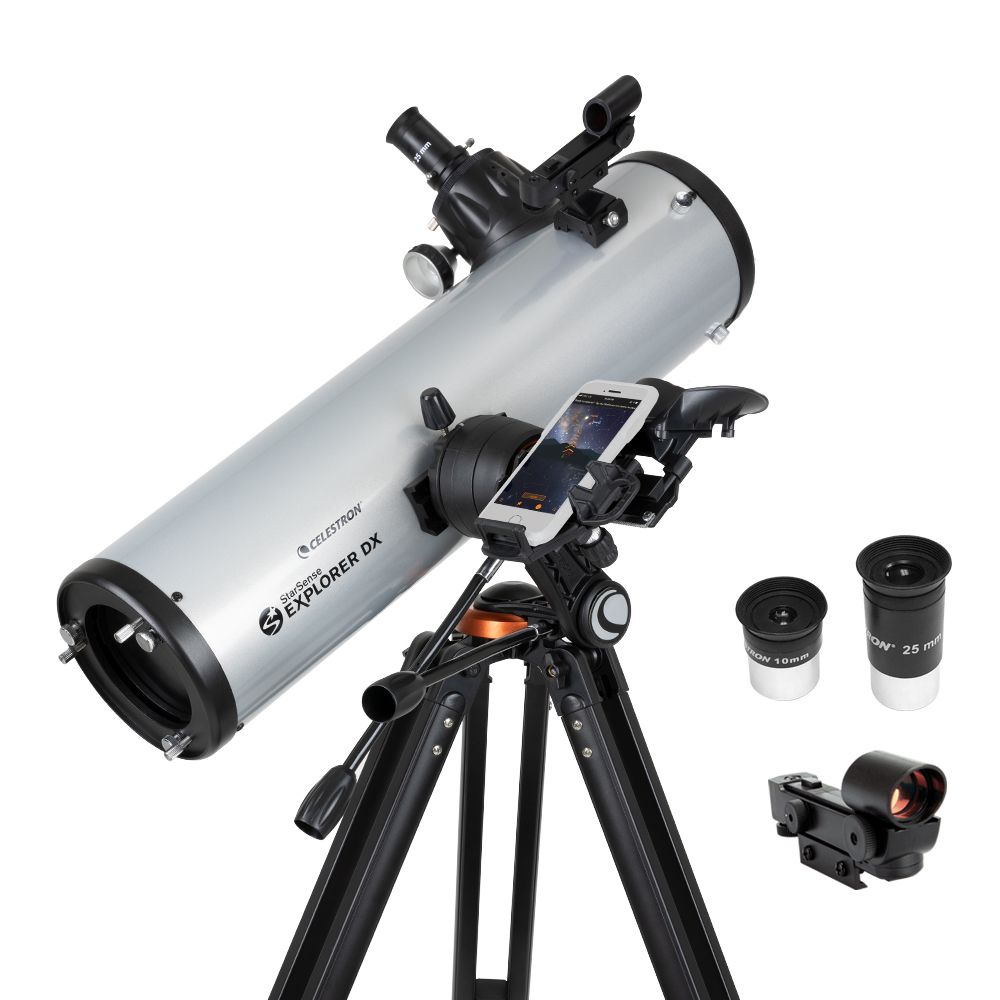

Interested in observing or learning more about our Solar System? Check out our Astronomy Hub for more information!
This Article was Last Updated on 08/16/2023





